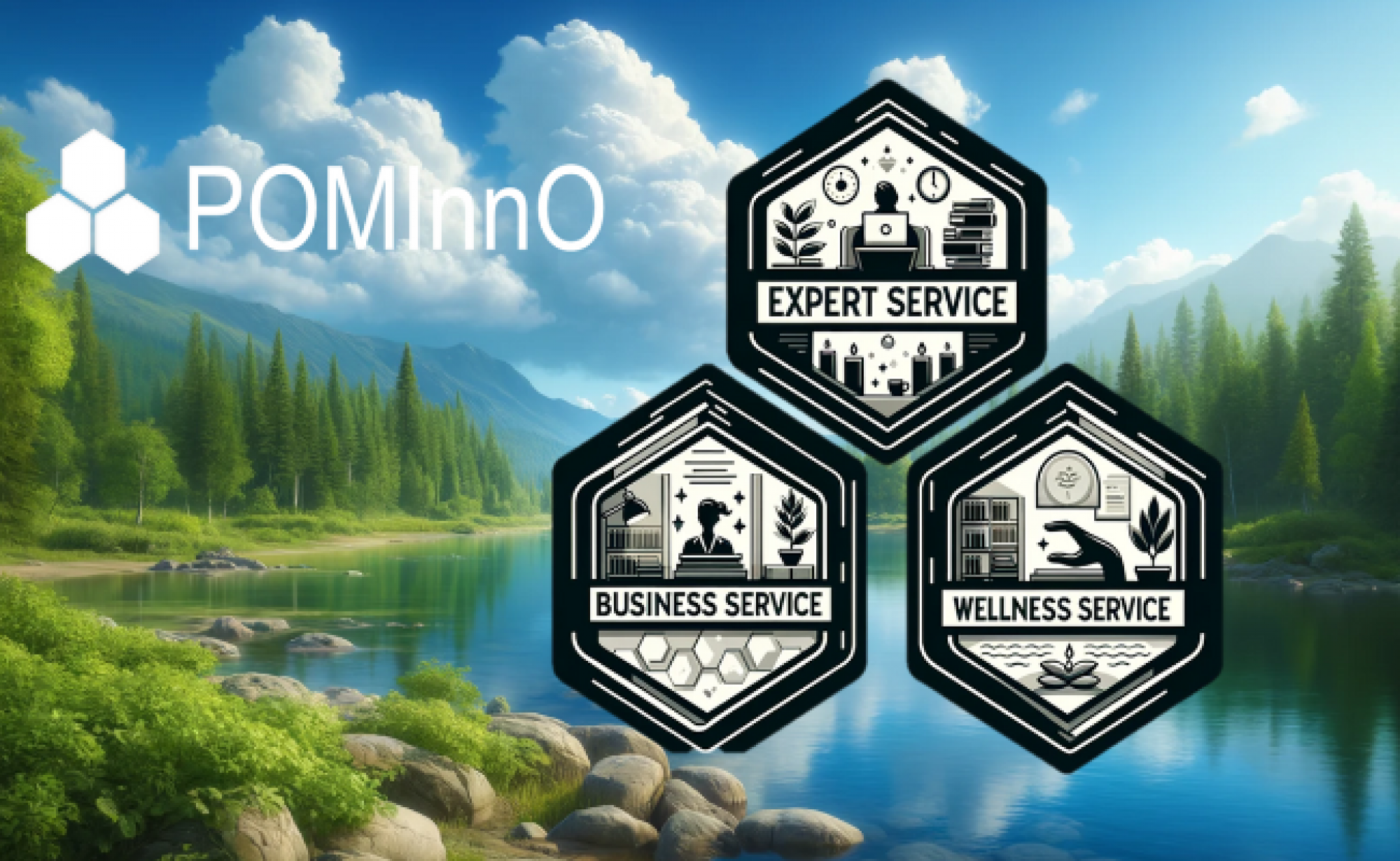In today’s industrial landscape, managing chemical risks is a critical component of environmental and occupational safety. Companies handling hazardous substances must comply with stringent regulations while minimizing their environmental footprint. The Eco-Management and Audit Scheme (EMAS), a robust EU environmental management framework, can play a pivotal role in enhancing Chemical Risk Management (CRM) by integrating systematic monitoring, compliance assurance, and continuous improvement.
This article explores how EMAS and CRM can be synergized to improve regulatory compliance, operational safety, and sustainability performance.
Understanding EMAS and Chemical Risk Management (CRM)
EMAS: A Framework for Environmental Excellence
EMAS is a voluntary EU certification that helps organizations establish an Environmental Management System (EMS), ensuring legal compliance, transparency, and continuous environmental improvement. Key elements include:
- Environmental Policy & Legal Compliance – Ensuring adherence to regulations such as REACH, CLP, and Seveso III.
- Risk Assessment & Mitigation – Identifying and reducing environmental impacts, including those from hazardous chemicals.
- Performance Tracking & Reporting – Publicly disclosing environmental data, verified by third-party audits.
Chemical Risk Management (CRM): Safeguarding People and the Planet
CRM involves:
- Hazard Identification – Assessing chemical risks to workers, communities, and ecosystems.
- Exposure Control – Implementing safety measures (e.g., substitution, engineering controls, PPE).
- Regulatory Compliance – Meeting requirements under REACH, CLP, OSHA, and other chemical safety laws.
- Emergency Preparedness – Developing response plans for chemical spills or accidents.
The Synergy Between EMAS and CRM
Integrating EMAS with CRM enhances both environmental and occupational safety performance while ensuring compliance with evolving regulations. Key benefits include:
1. Enhanced Regulatory Compliance
- EMAS requires organizations to monitor and comply with environmental laws, including chemical safety regulations.
- CRM processes (e.g., safety data sheets, exposure limits) can be systematically tracked within the EMAS framework.
2. Improved Hazard Identification & Risk Reduction
- EMAS promotes lifecycle thinking, encouraging substitution of hazardous chemicals with safer alternatives.
- CRM data (e.g., toxicity levels, storage conditions) feeds into EMAS risk assessments, supporting preventive action.
3. Transparent Reporting & Stakeholder Trust
- EMAS mandates public environmental statements, which can include chemical safety performance.
- Verified CRM data (e.g., reduced chemical emissions, safer handling practices) strengthens corporate sustainability reporting under frameworks like CSRD.
4. Operational Efficiency & Cost Savings
- Reducing chemical waste and optimizing usage aligns with EMAS-driven resource efficiency.
- Lower risks of non-compliance fines and workplace incidents lead to long-term cost reductions.
Practical Steps for Integration
- Align
EMAS EMS with CRM Processes
- Incorporate chemical risk assessments into EMAS environmental reviews.
- Track chemical usage, emissions, and incidents within the EMAS monitoring system.
- Leverage
EMAS for Compliance & Best Practices
- Use EMAS audits to verify compliance with REACH, Seveso III, and industrial emissions directives.
- Adopt green chemistry principles (e.g., safer substitutes, closed-loop systems) as part of continuous improvement.
- Strengthen
Emergency Preparedness
- Integrate chemical spill response plans into EMAS emergency procedures.
- Train employees on both environmental and chemical safety protocols.
- Enhance
Reporting & ESG Alignment
- Include CRM metrics (e.g., reduced hazardous substance use) in EMAS environmental statements and ESG reports.
- Use EMAS verification to add credibility to sustainability disclosures.
Challenges & Opportunities
Challenges:
- Data Complexity – Harmonizing CRM data with EMAS indicators requires structured systems.
- Regulatory Evolution – Keeping up with changing chemical laws (e.g., EU Green Deal, PFAS restrictions).
Opportunities:
- Competitive Advantage – Demonstrating leadership in safe and sustainable chemical management.
- Innovation – Developing low-impact chemical processes that align with circular economy goals.
Conclusion
The integration of EMAS and Chemical Risk Management creates a powerful approach to sustainability, compliance, and workplace safety. By leveraging EMAS’s structured environmental management system, companies can systematically reduce chemical risks, improve transparency, and meet regulatory demands.
For organizations handling hazardous substances, this integration is not just a compliance exercise—it’s a strategic opportunity to build resilience, enhance reputation, and drive long-term sustainability.
Is your organization ready to strengthen its chemical risk management with EMAS? Stay ahead of regulatory demands and explore best practices at the upcoming “FUTURE WITH EMAS” conference on November 6-7, 2025, in Warsaw. Reserve your spot now by contacting us through the contact form!

#EMAS #EnvironmentalManagement #SustainableBusiness #CRM #Sustainability #Business #FitforREACH #POMInnO

